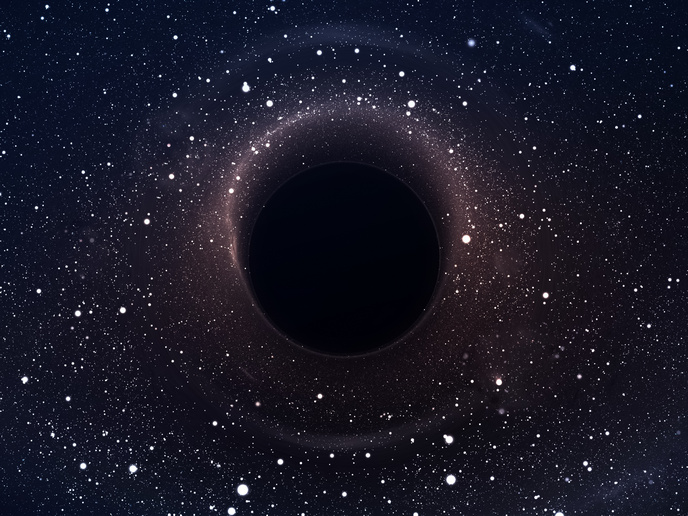Black holes shed new light on the mystery of quantum gravity
Formed from the ruins of a collapsed very massive star, black holes are astrophysical objects characterised by their extremely strong gravitational fields. To describe them, physicists must use both the theory of general relativity as well as the principles of quantum mechanics. “While each of these fields is well-established by experiments and forms the basis of modern physics, combining them into a single, consistent theory of quantum gravity has proven to be very difficult – challenging physicists for over half a century,” says Sameer Murthy(opens in new window), a professor of theoretical and mathematical physics at King’s College London(opens in new window). With the support of the EU-funded QBH project, Murthy is leading an effort to address this challenge.
Understanding the discrete nature of quantum black holes
Using black holes as a theoretical laboratory, the project, which was funded by the European Research Council(opens in new window) (ERC), set out to answer two questions. “First, we wanted to understand how quantum gravity quantitatively differs from classic general relativity,” explains Murthy. “Second, we wanted to explore the possibility of constructing analytically calculable models of microscopic quantum gravity.” A key outcome of this work was the establishment of the first prototype of a quantum black hole that allows researchers to obtain the integer dimension of the underlying Hilbert space intrinsically in the gravitational variables. “Our research shows how the discrete nature of quantum black holes emerges from the collective interactions of the underlying quantum-statistical system,” adds Murthy. The project also succeeded in finding explicit, controllable models of quantum gravity that help explain the emergence of collective phases and their transitions.
Answering long-standing questions
By the time the project ended, researchers had accomplished exactly what they had set out to do: they confirmed that it was possible to obtain exquisite control over quantum-gravitational calculation to extract discrete integers from a continuum theory. Somewhat unexpectedly, they also succeeded at explaining the microscopic entropy of supersymmetric black holes in terms of the dual gauge theory – a problem that Murthy says has troubled the field for the past 15 years. “Our findings led to a flurry of activity on this topic, which essentially cleaned up the older problem, led to a sharp picture of black holes as quantum states of Yang-Mills theory, and predicted new phases in quantum gravity!” he notes. Murthy is turning his attention to consolidating the outcomes of the QBH project and looking at them from a ‘big picture’ context. “I feel that the sum total of the achievements of this project have made a small outward dent in the boundaries of what we know in a certain corner of mathematical physics,” he says. Now, he’d like to take a step back and ask: What is the true nature of that progress after stripping away the history of how we got there? “It is a good time for some quiet reflection as well as for exciting discussions with colleagues,” he concludes.







